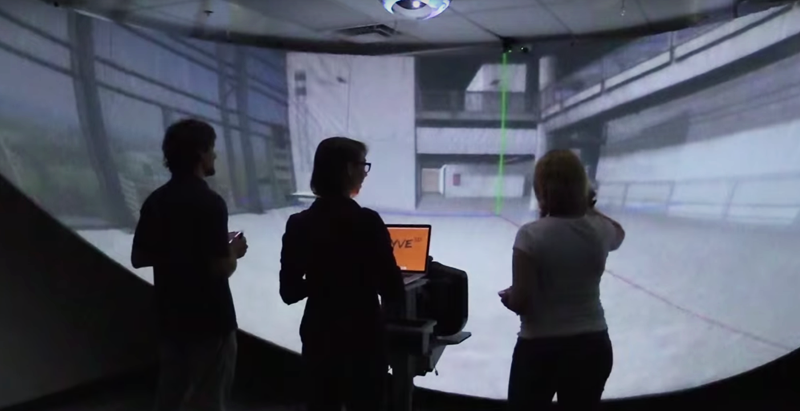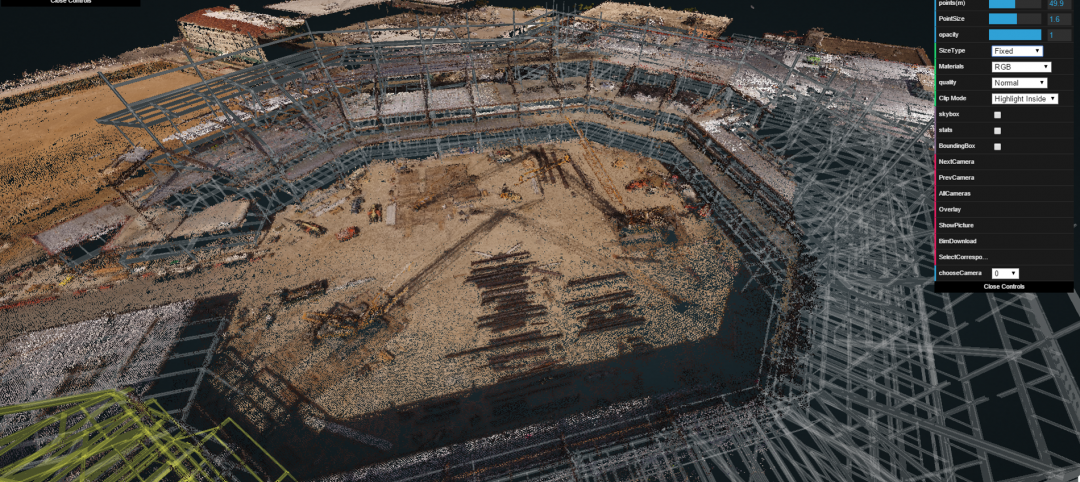The cursor—that small, jumping pixel arrow computer users don’t even notice anymore—are becoming obsolete, especially as touch screens rise. But the developers of Hyve3D are turning it into something new, something that can change how Building Teams collaborate with each other.
"What we've done is evolve the cursor into an avatar for a 3D world," Tomás Dorta, the University of Montreal professor responsible for Hyve3D, told Fast Company. "It's no longer just this little arrow, bouncing around on your desktop. Instead, it can now be a powerful tool for seeing inside and modifying virtual worlds."
What Hyve3D does is give your smartphones access to a program: a game, website, or building imaging program. Using multitouch gestures, users can control whatever they want to drag, grab, click, or drop on the screen in 3D form.
“Within Hyve3D, Dorta says that the 3D cursor allows multiple designers or engineers to interact with a virtual space simultaneously, using their individual smartphones to grab objects, copy and paste them, rotate them, sketch in the air with them, and so on,” the article says.
Fast Company has the full report
Related Stories
Big Data | May 5, 2016
Demand for data integration technologies for buildings is expected to soar over the next decade
A Navigant Research report takes a deeper dive to examine where demand will be strongest by region and building type.
BIM and Information Technology | May 2, 2016
How HDR used computational design tools to create Omaha's UNO Baxter Arena
Three years after writing a white paper about designing an arena for the University of Nebraska Omaha, HDR's Matt Goldsberry says it's time to cherry-pick the best problem-solving workflows.
Drones | Apr 25, 2016
The Tremco SkyBEAM UAV is the first to be approved by the FAA for nighttime commercial operation
The SkyBEAM UAV is used for identifying energy leaks, rooftop damage, deteriorating façades, and safety issues without requiring scaffolding or cranes.
BIM and Information Technology | Apr 21, 2016
U.K. imposes BIM requirement on government projects
U.S. unlikely to follow suit.
AEC Tech | Apr 15, 2016
Should architects learn to code?
Even if learning to code does not personally interest you, the growing demand for having these capabilities in an architectural business cannot be overlooked, writes computational design expert Nathan Miller.
Building Tech | Apr 12, 2016
Should we be worried about a tech slowdown?
Is the U.S. in an innovative funk, or is this just the calm before the storm?
BIM and Information Technology | Apr 8, 2016
Turner streamlines construction progress tracking using predictive visual data analytics
The construction giant teams with a computer science and engineering professor to develop a clever drone- and rover-based construction monitoring tool.
BIM and Information Technology | Apr 5, 2016
Interactive 3D map shows present and future Miami skyline
The Downtown Miami Interactive 3-D Skyline Map lets users see the status of every downtown office, retail, residential, and hotel project.
AEC Tech | Mar 31, 2016
Deep Learning + AI: How machines are becoming master problem solvers
Besides revolutionary changes to the world’s workforce, artificial intelligence could have a profound impact on the built environment and the AEC industry.
Big Data | Mar 28, 2016
Predictive analytics: How design firms can benefit from using data to find patterns, trends, and relationships
Branden Collingsworth, HDR’s new Director of Predictive Analytics, clarifies what his team does and how architecture projects can benefit from predictive analytics.

















